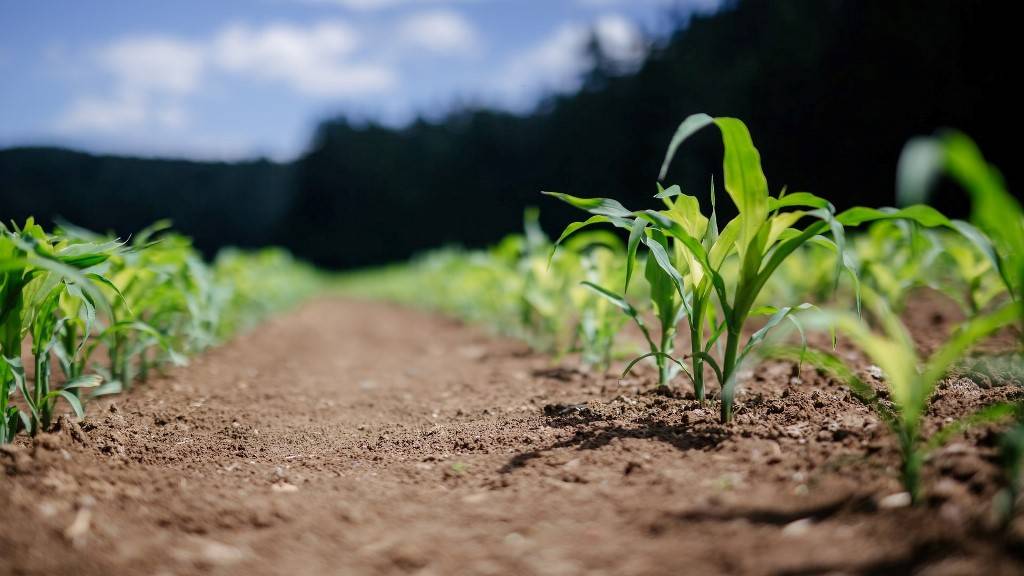
Agricultural biodiversity is a broad term that includes all components of biological diversity of relevance to food and agriculture, and all components of biological diversity that constitute the agricultural ecosystems also named agroecosystems: the variety and variability of animals, plants, and micro-organisms, at the genetic, species and ecosystem levels, which are necessary to sustain key functions of the agro-ecosystem, its structure, and processes.
Agricultural biodiversity is the outcome of the interactions among genetic resources, the environment, and the management systems and practices used by farmers. This is the result of both natural selection and human inventiveness developed over millennia.
The following dimensions of agricultural biodiversity can be identified:
Genetic resources for food and agriculture:
-
Plant genetic resources, including crops, wild plants harvested and managed for food, trees on farms, pasture and rangeland species,
-
Animal genetic resources, including domesticated animals, wild animals hunted for food, wild and farmed fish and other aquatic organisms,
-
Microbial and fungal genetic resources.
These constitute the main units of production in agriculture and include cultivated and domesticated species, managed wild plants and animals, as well as wild relatives of cultivated and domesticated species.
Components of biodiversity that support ecosystem services upon which agriculture is based. These include a diverse range of organisms that contribute, at various scales too, inter alia, nutrient cycling, pest and disease regulation, pollination, pollution and sediment regulation, maintenance of the hydrological cycle, erosion control, and climate regulation and carbon sequestration.
Abiotic factors, such as local climatic and chemical factors and the physical structure and functioning of ecosystems, have a determining effect on agricultural biodiversity.
Socio-economic and cultural dimensions. Agricultural biodiversity is largely shaped and maintained by human activities and management practices, and a large number of people depend on agricultural biodiversity for sustainable livelihoods. These dimensions include traditional and local knowledge of agricultural biodiversity, cultural factors, and participatory processes, as well as tourism associated with agricultural landscapes.
Conserving biodiversity, especially agricultural biodiversity is becoming a major challenge, said the State Agriculture and Horticulture minister Subodh Uniyal. He said this after inaugurating the children’s biodiversity summit at Navdanya biodiversity farm here on the weekend.
The Minister said that the State Government is going to turn Uttarakhand fully organic so as to provide even small farmers a better source of income. He said that the Government will also facilitate the marketing of the organic produce of farmers so that the cultivators can get proper price for their produce.
Presiding over the occasion, former scientist of Malabar Botanical Garden and Institute for Plant Sciences, NP Krishnan stressed on the need for conservation of Himalayan biodiversity. He also submitted a letter to the Agriculture Minister in this regard.
He said that it is now up to the younger generation to bring about improvement in the situation affected by climatic changes through conservation and improvement of biodiversity. The Uttarakhand biodiversity board member secretary Sargam Singh Rasaily stressed on the importance of conserving all species ranging from the ant to the elephant in order to maintain the environmental balance as required. He recounted various examples to stress the significance of conservation.
Speaking on the occasion, noted environmentalist and Navdanya founder Vandana Shiva said that it is the responsibility of human society to conserve the environment. The health of people will improve in correlation with the proportion of organic produce they consume in their diet, she said.
It was also stated that 10 of the students participating in the summit will be selected to participate in the International Biodiversity Congress slated to be held during October this year at the Forest Research Institute.
















